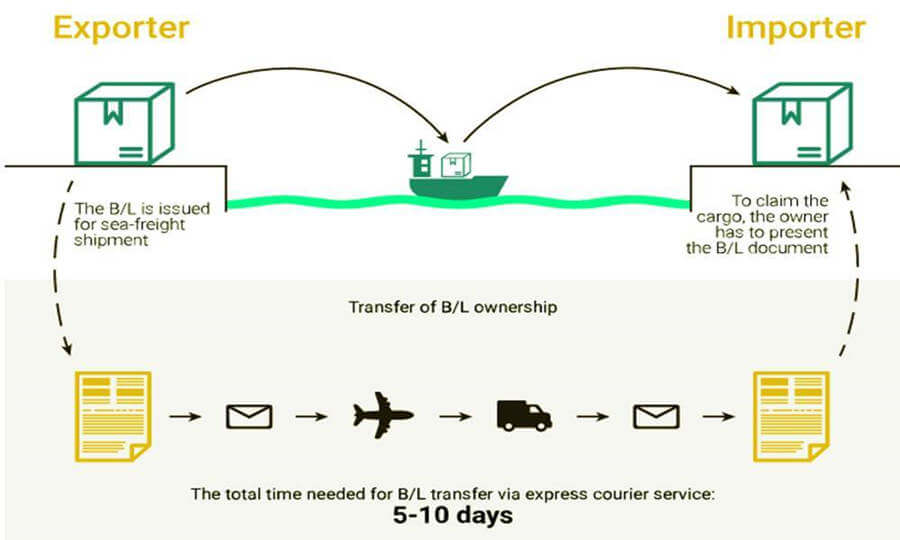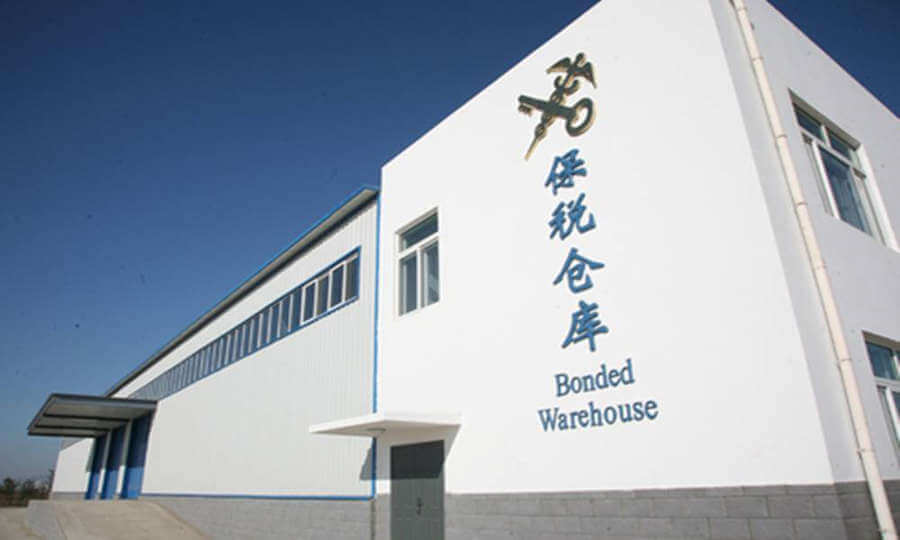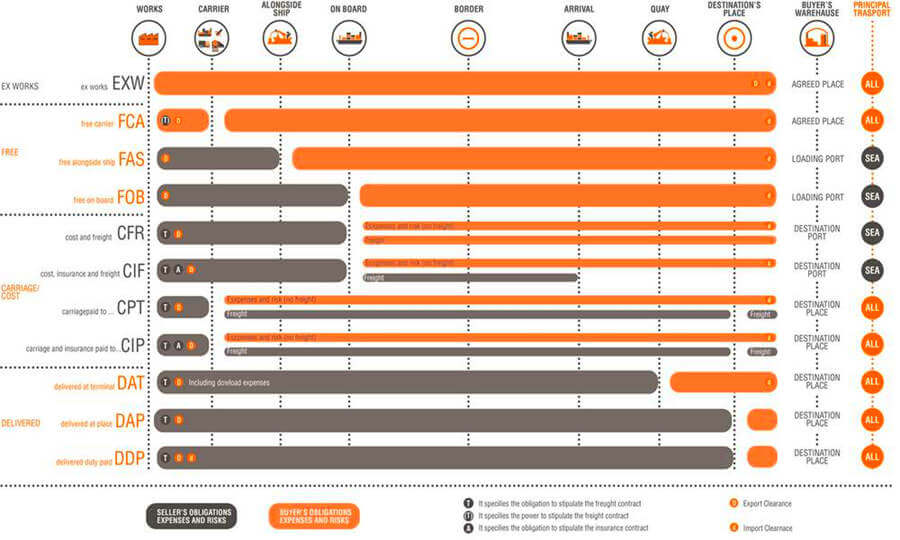indicates a different number
B/L is the bill of lading number, S/O is the booking confirmation number, and the bill of lading number on the customs declaration must be the same as the bill of lading number on the shipping agent’s document. The bill of lading number on the customs declaration must be the same as the one on the customs declaration made by the shipping agent. The shipping agent’s bill of lading number is usually the S/O from the shipping company to the shipping agent.
Operational differences
B/L :Bill of Lading Number, is the shipping company’s bill of lading number S/O : Shipping Order Number, is the shipping company’s booking number. By virtue of the S/O to carry out loading and customs declaration, so when loading and customs declaration, it is always by S/O to operate. .
The bill of lading number on the customs declaration is identical to the S/O. The B/L is the bill of lading number in the shipping company’s system and is usually shown on the owner’s bill of lading. B/L is the bill of lading number in the shipping company’s system, which is usually shown on the shipowner’s bill of lading.
other information
A maritime bill of lading is in most cases a document of title to the goods (and can be problematic in some transactions due to special circumstances). The seller (shipper) will deliver the goods to the carrier (ship), the carrier to the seller issued a set of bills of lading.
A set of bills of lading may have more than one original, commonly 1-3 originals. Any one of the originals can be used as proof of delivery. Therefore the buyer should ask the seller for a full set of original bills of lading.
After delivery by the sender, the bill of lading may be delivered to the consignee by bank (documentary L/C or consignment settlement) or directly by mail. or through a person to the consignee.
The consignee should pay attention to the notifying party on the bill of lading. When the cargo listed on the bill of lading arrives at the port, the ship will notify the notifying party, who will then notify the consignee to take the bill of lading to the port to pick up the cargo.
The time for the consignee to receive the money will depend on the settlement method you have agreed upon. If it is an irrevocable and spot letter of credit, the bill of lading and other negotiated documents delivered to the bank, the bank can negotiate the payment of the goods after examination. Payment to shipper. If it is a forward letter of credit or other settlement methods should be specific analysis.
Get the shipping company’s booking manifest, mainly check the following information
Booking No., Vessel Name/Voyage, Container Type, Port of Discharge, Destination, Replenishment Time and Cut-off Time, Cut-off Time, Time to Make Container , special requirements. Can be combined with the terminal web site or shipping company web site or electronic port or single window to check
Interpretation of shipping company SO documents
Booking number: Booking number
Vessel: ship’s name
Voyage: voyage
CY Closing DATE: Closing date, cut-off date
closing Date/Time: the date of closing
SI CUT OFF date/time: bill of lading cut-off date/time.
Expiry date: Expiry date, expiry date.
Sailing date / the date the ship left the port.
ETA (ESTIMATED TIME OF ARRIVAL): Estimated Time of Arrival, Date of Arrival (ETA). (date of arrival of ship at port of destination)
ETD (ESTIMATED TIME OF DELIVERY): Sail Date (Departure from Port of Departure) (Date)
ETC (ESTIMATED TIME OF CLOSING): Customs closing date
Port of loading (POL): Port of loading
Full Delivery Pickup Terminal: Pickup Terminal
Empty container depot, Empty Cntainer Depot
Loading port: port of loading
From City:Origin
EXP (export): export
Final destination: port of destination, final destination
Place of Delivery (POD) or To City: destination, place of delivery
Port of discharge: Port of discharge
Discharge port: Port of discharge
Load Port: Unloading Port
Dry: dry/free of liquid or moisture
Quantity
cargo type: type of cargo
container number: container number
container: container
specific cargo container: special cargo container
Number of container: the number of containers
container Size: the size of the container.
CU.FT: cubic feet
Cont Status: Condition of Containers
seal number: the number of the seal.
seal No:seal number
seal type: seal type
weight: weight
Gross weight: gross weight (generally including container weight and cargo weight)
Net Weight.
Actual weight: actual weight, the total weight of the truck, container, etc. after loading.
Laden: heavy cabinet
remarks: remarks
remarks for terminal: yard/terminal remarks
piace of receipt: place of receipt
Commodity: the name of the goods
intended: intended
ETD: Expected sailing date
Booking NO: SO number/booking number
Shipper: Shipper
Container No (Number): Container No.
Equipment Number: container number
Reefer Tetails:Refrigerator Parameters
contact: contact person, contact information
contact person:聯絡人
intended fcl container delivery CUT-OFF: Specified Delivery time for heavy containers, cut-off for full container delivery
intended shipping instruction CUT-OFF: the specified document Customs clearance time, shipping instruction cut-off
DOC CUT-OFF document clearance time (may not be specified additionally, according to the general rules of the shipping company, like the above, there are) (Specifically)
Cargo nature: type of cargo
service contract NO: service contract number.
SI CUT: Stop Bill of Lading for Replenishment or Customs Cut.
BKG Staff: BKG stands for Booking, that’s Booking Staff.
Regional BKG#: reservation area.
Sales Rep: Sales Rep
BILL of Lading#: bill of lading number, bill of lading scheme
Empty pick up CY: pick up location
Empty Pick up Date: Pick up time, Pick up expiration date
Pre Carrier: Pre-loaded
Est.Arrival Date:EIS arrival time
CY CUT: Customs clearance time (it’s unclear if it’s a dock stop or a customs release slip time)
CY open: Full container opening time
Port of delivery: Port of delivery
Receive Term: Receive Term
Delivery Term: Delivery Term
Ocean Route Type: A maritime route type, mostly referring to the Indian Ocean route type.
EQ Type/Q’ty: number of containers, type EQ is an abbreviation for Equipment.
Special cargo information: Special cargo information
Special cargo information: Special cargo information
Please see attached, if exists: 如果有,請見附档/如果 Existence, see annex
Shipper'own container: shipper’s own container
Dangerous: Dangerous or dangerous goods / hazard symbols
Internal: central, internal
Released: release, let go
MT means “ton” in English, which is called METRE TONE.
FCL full container load:整柜
FCL full container load:整柜
FCL: Full Container, Full Container Load
LCL less than container load: LCL, LCL Cargo
Carrier: the carrier
Trucker: towing company/transport company
Tractor NO: license plate number
Depot: pick-up locations
Pickup Location: Pickup Location
Stuffing: place of loading
Terminal: drop-off point
Return Location: Place of delivery
Full Container Address: return container location
revised: revised, have been corrected, have been revised
Size/Type:cabinet size/type
Discharge Port:Discharge Port
Destination: Destination
Special Type:Special cabinet type
S/O No: Booking Number
Shipping Order No. :Shipping Order Number
Temp:Temperature
Vent:Ventilation
Humidity:Humidity
PTI:Detection
Genset:Generator
Instruction: Loading instructions
Special Requirement: special requirements
GWT: (Gross Weight of Goods) limited weight/container, generally the total weight of the container and the goods.
SOC: cargo owners’ containers
Feeder Vessel/Lighter: Barge Voyages
WT(weight) : weight
G.W. (gross weight) : Gross weight
N.W.(net weight) : net weight
MAX (maximum): maximum, maximal.
MIN (minimum): Minimal, minimum.
M or MED (medium): medium, intermediate
P/L (packing list): packing list, details




